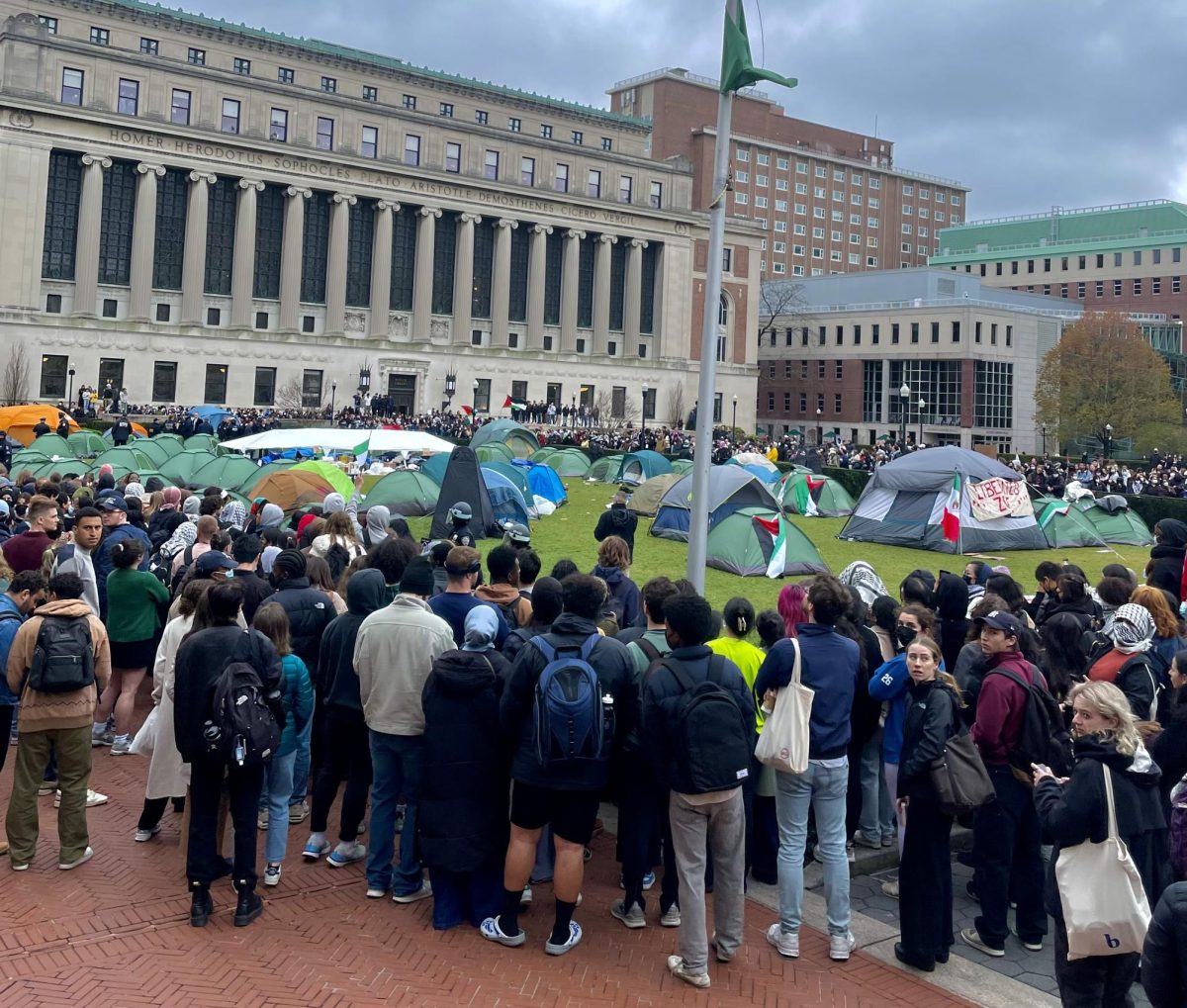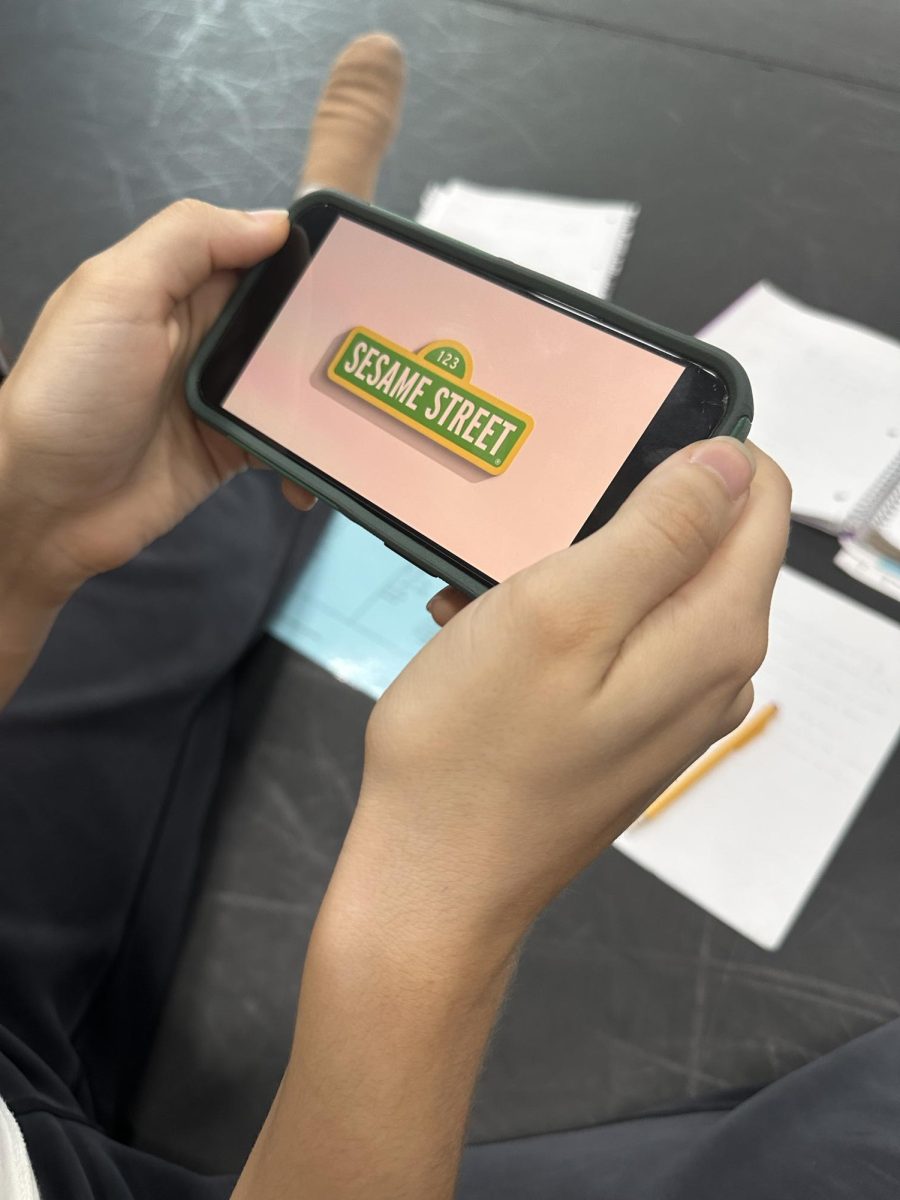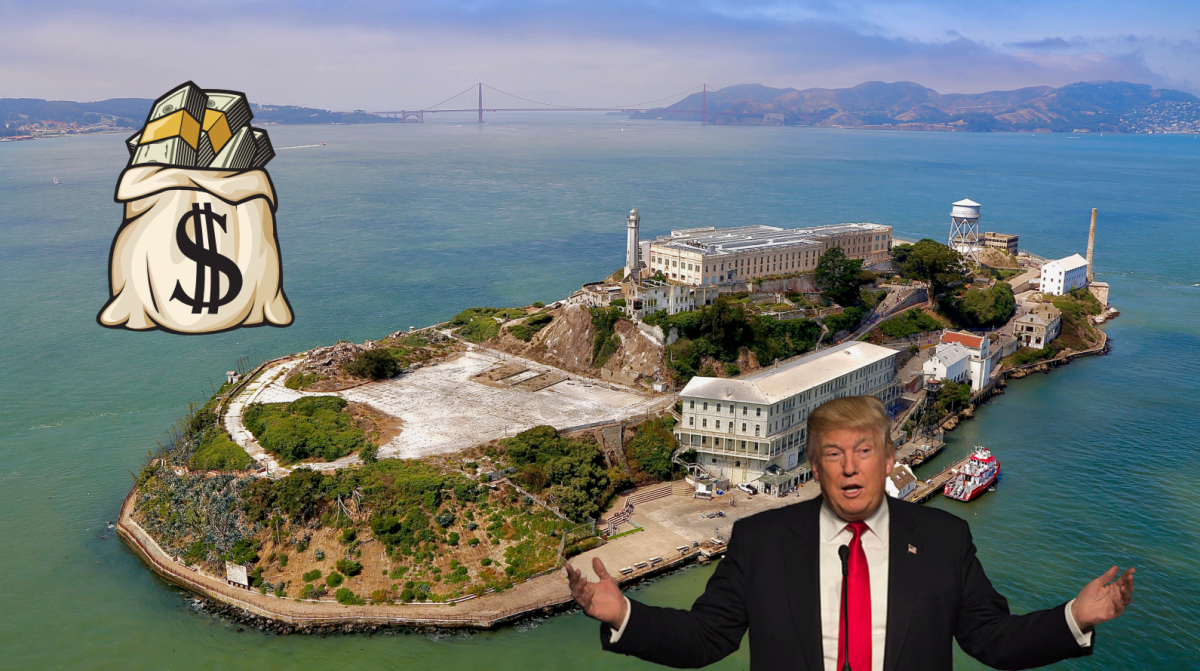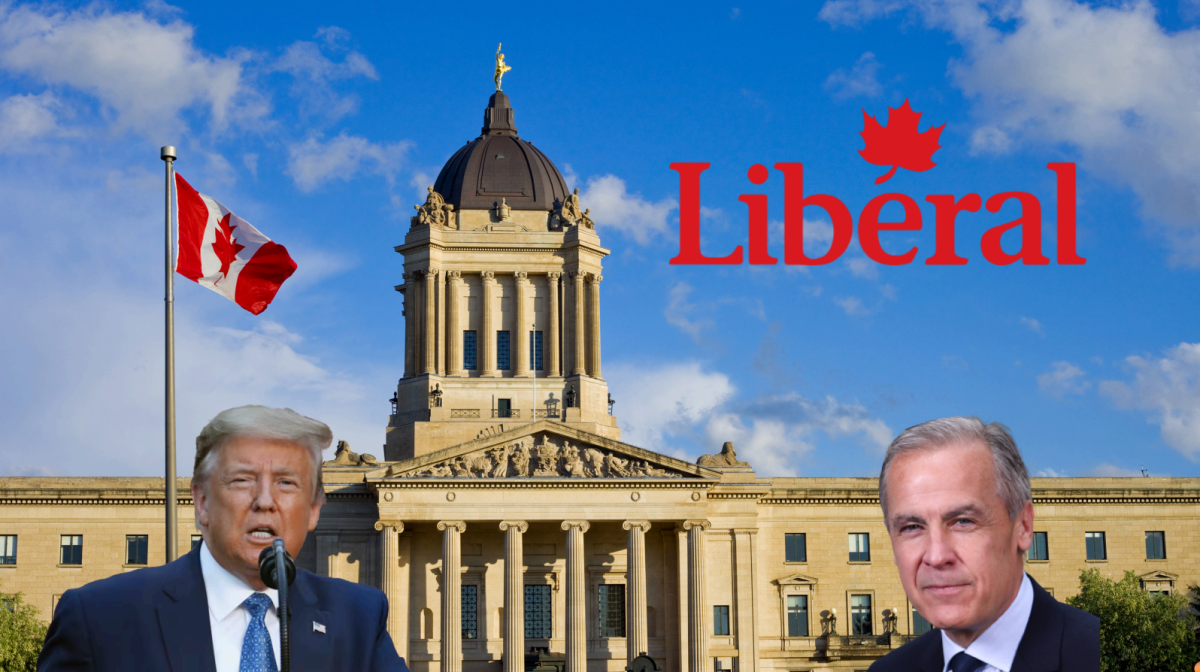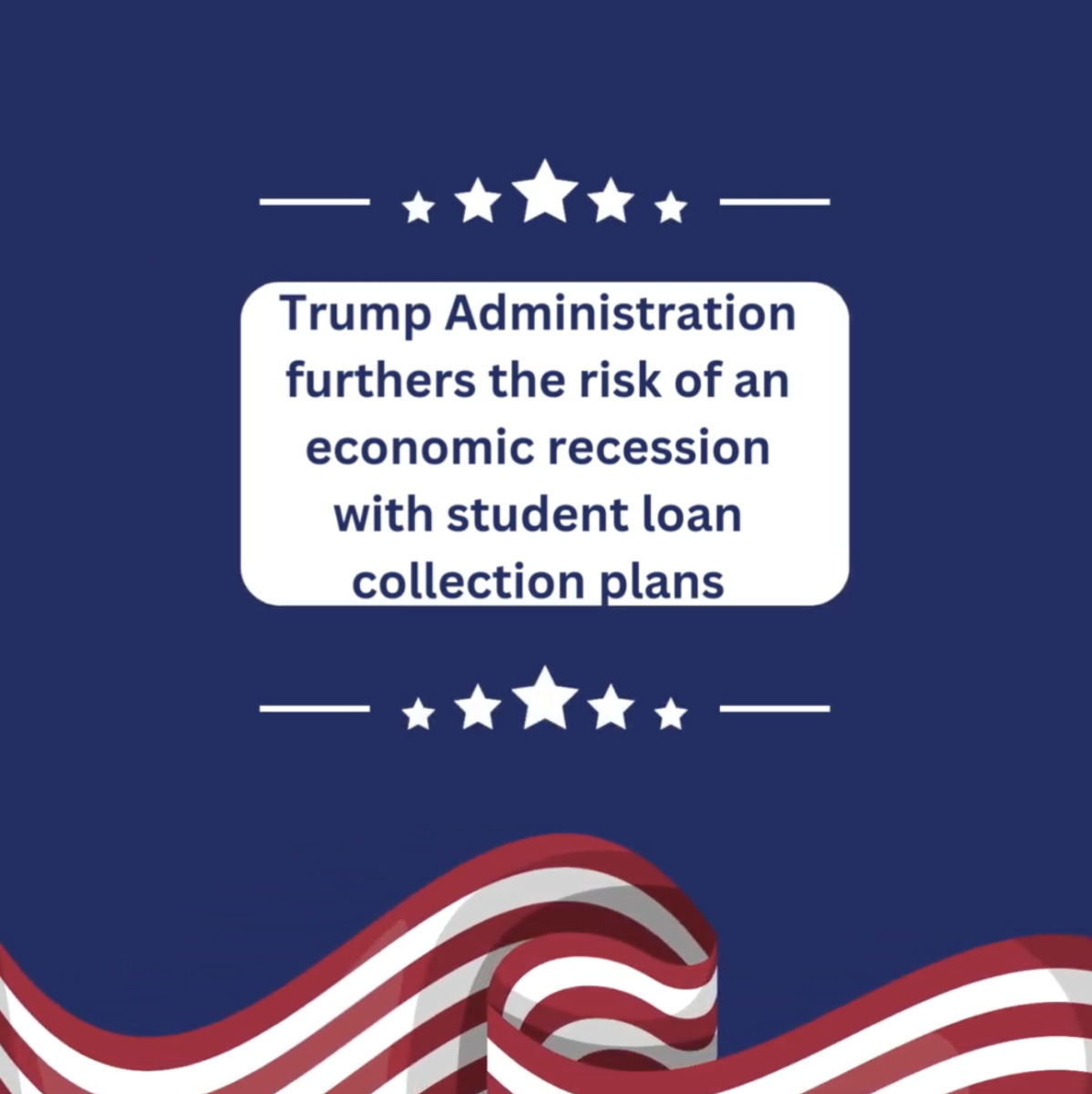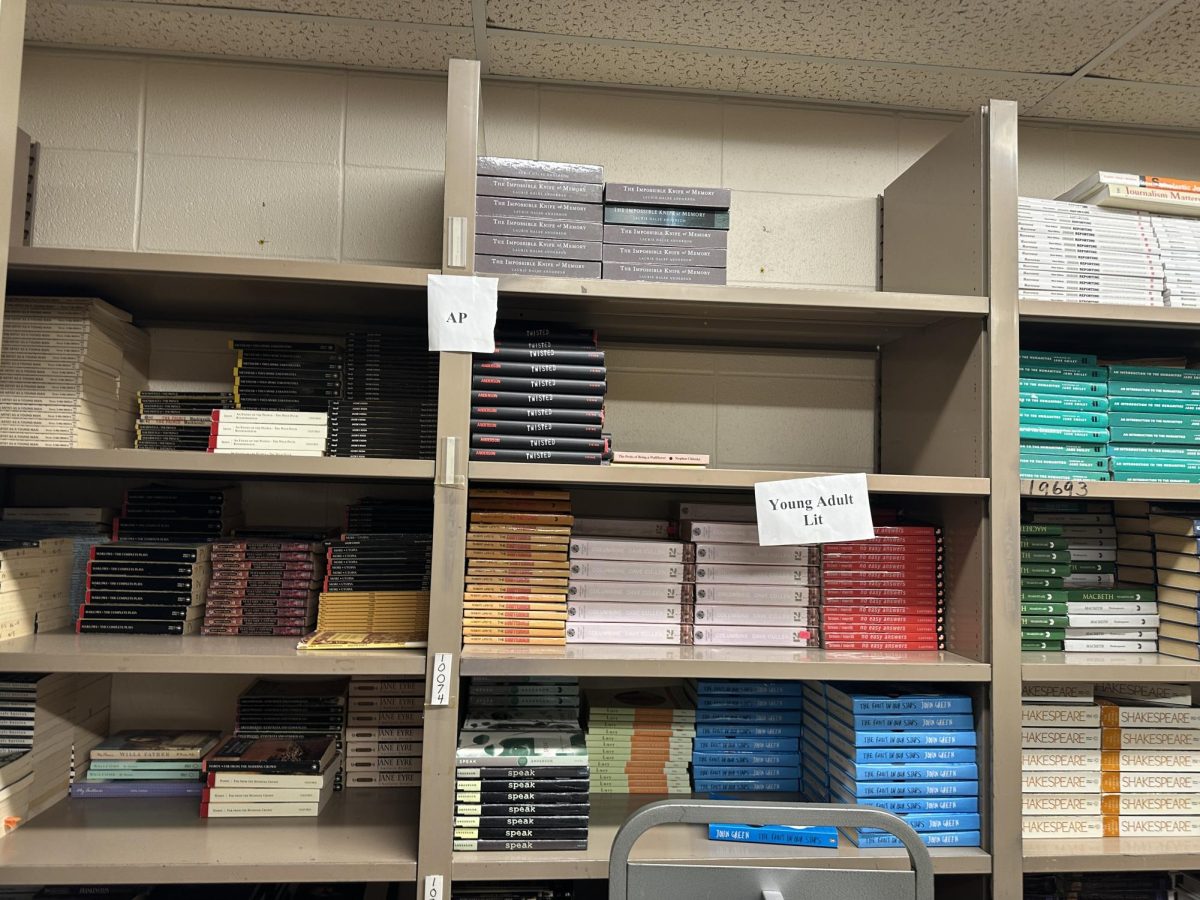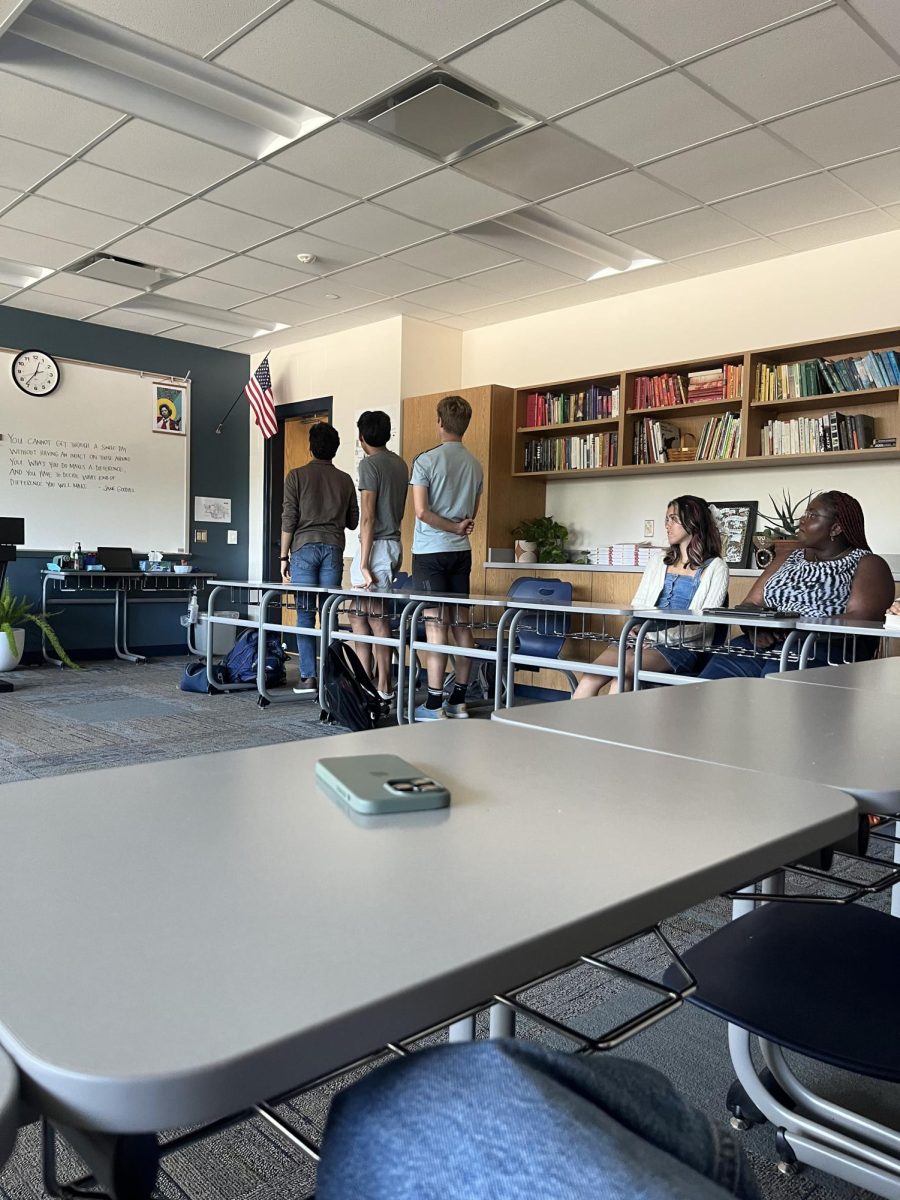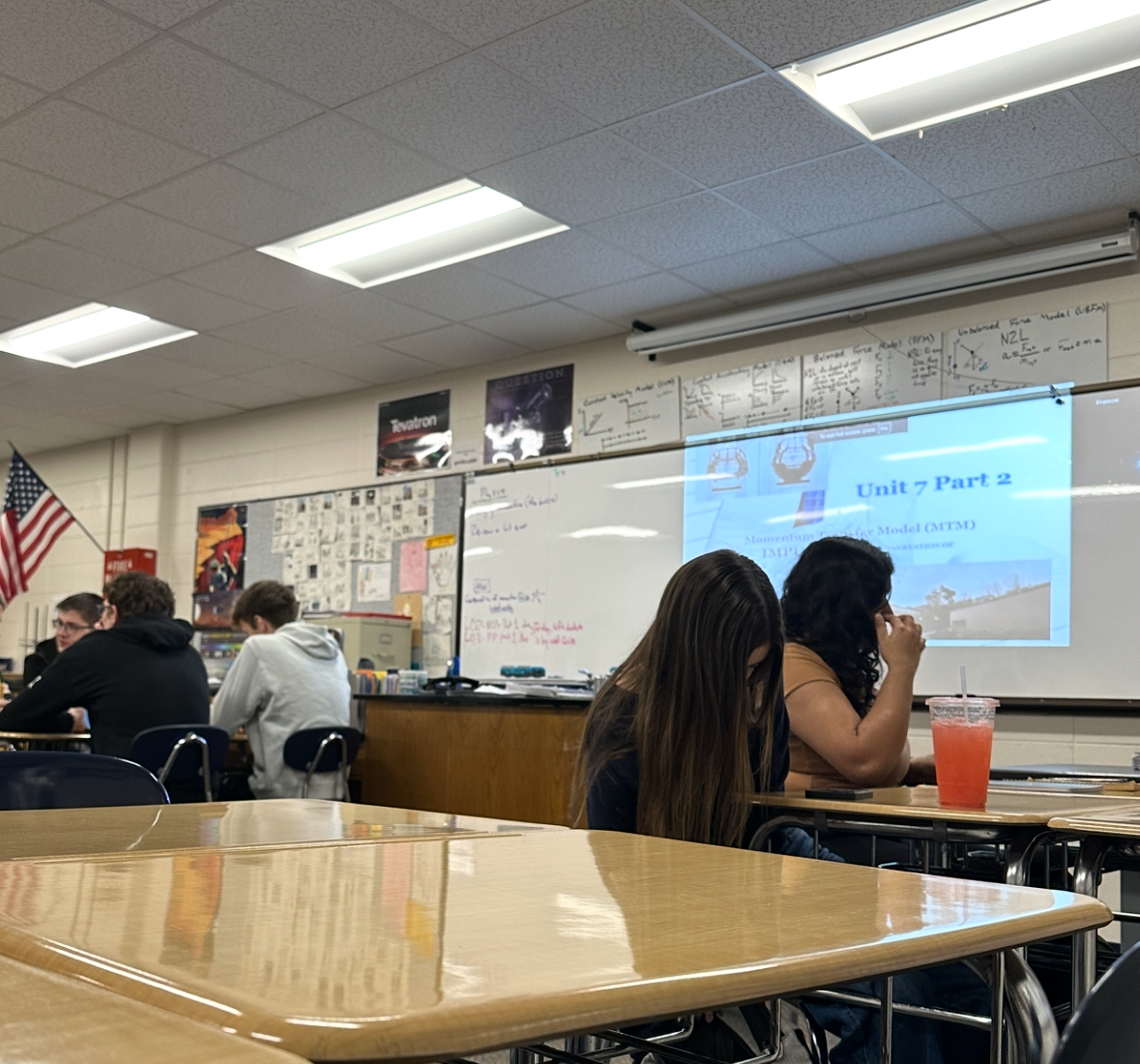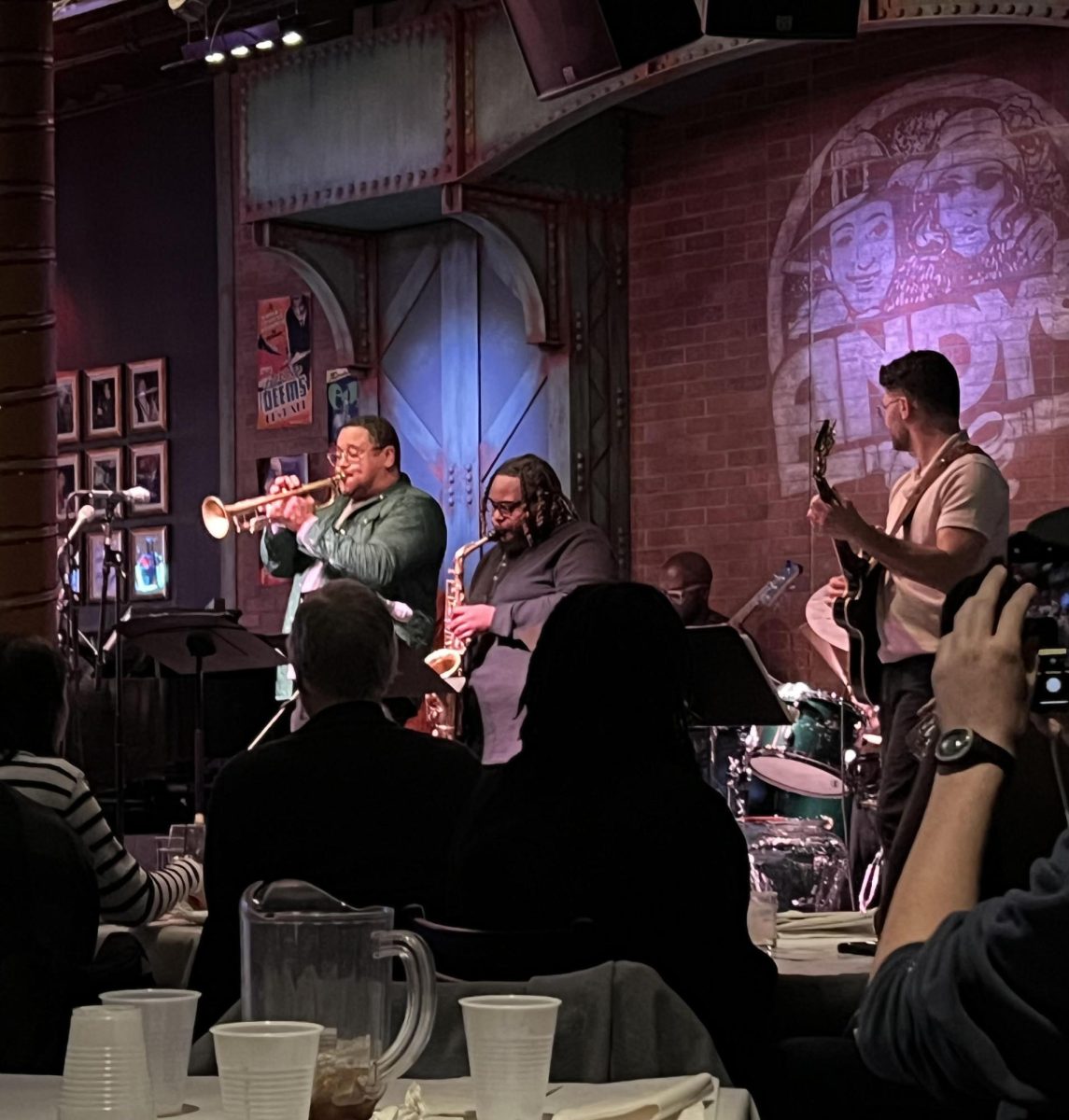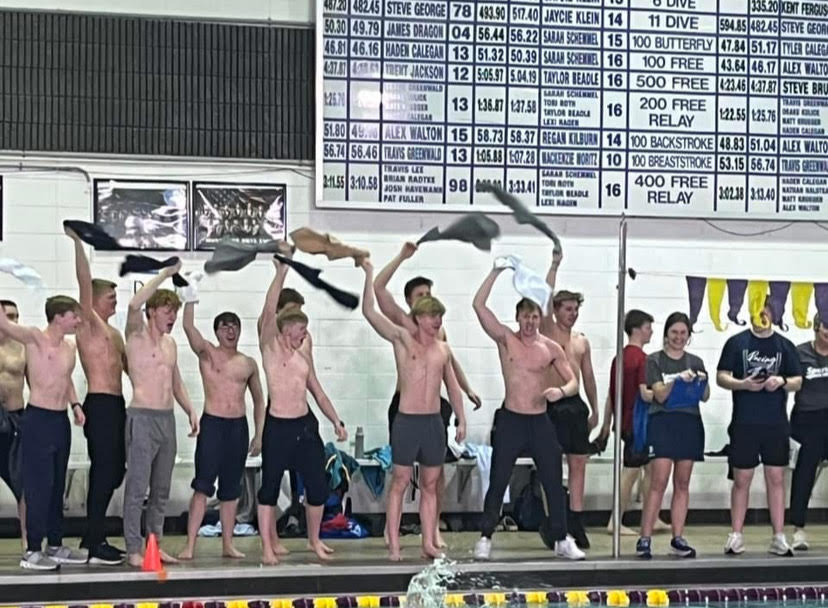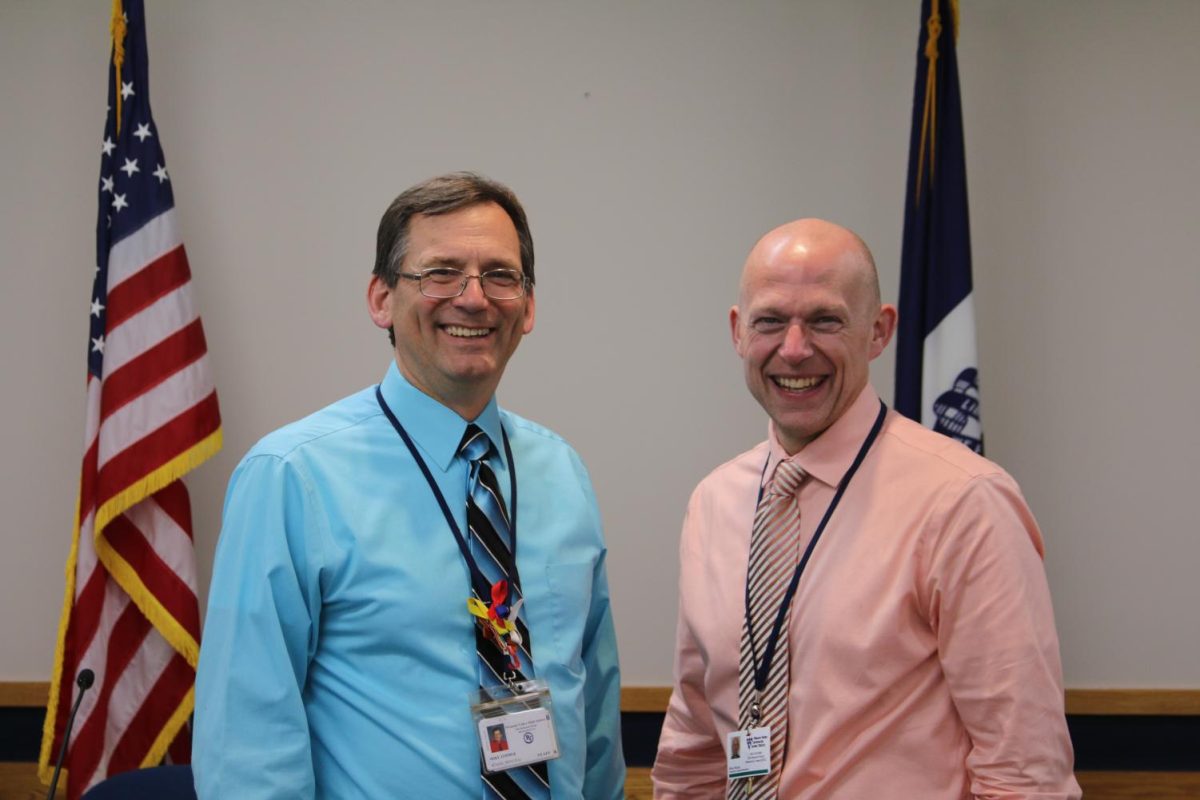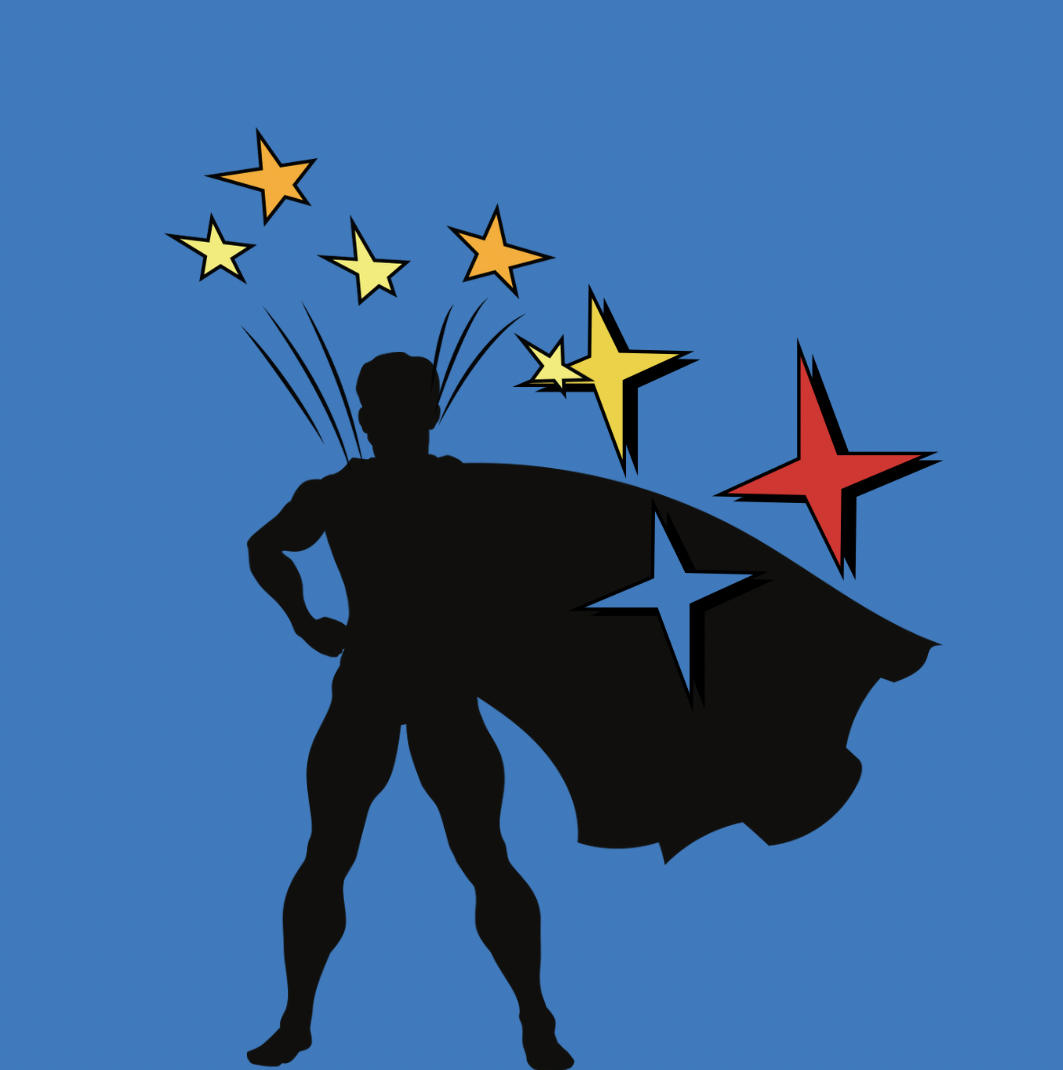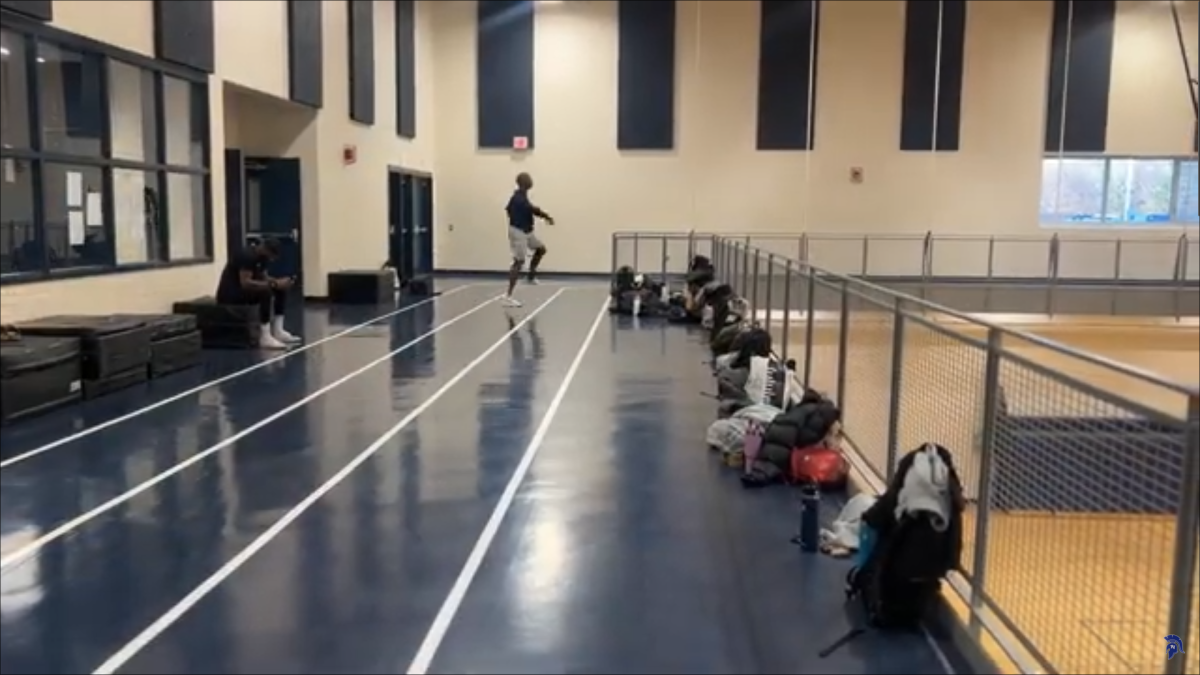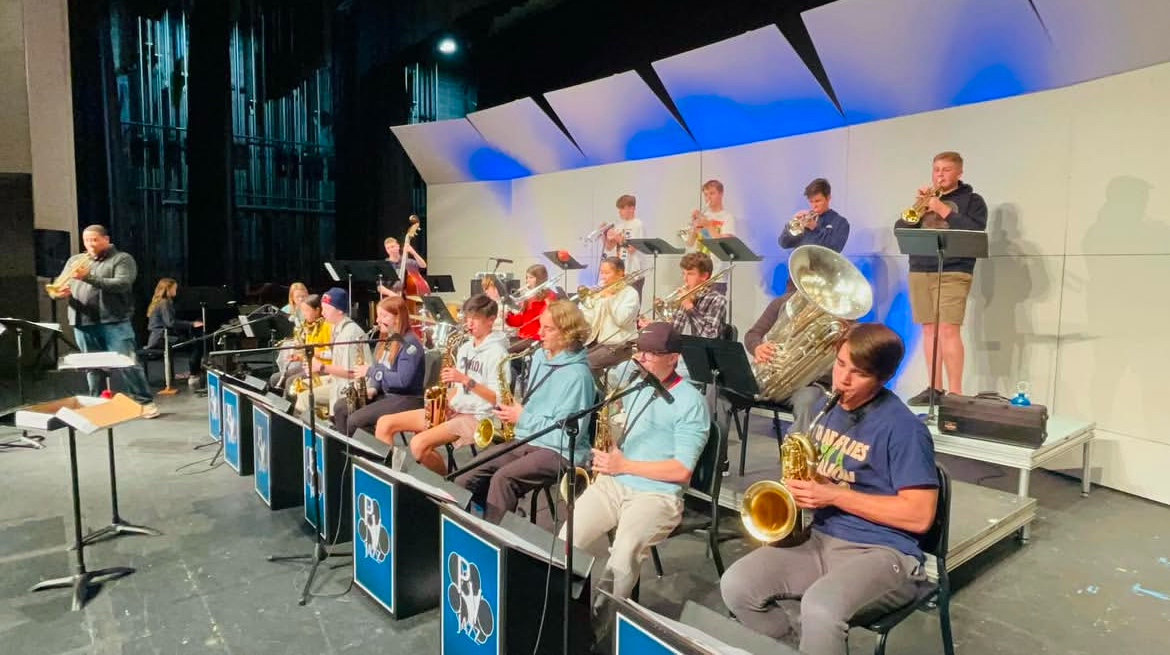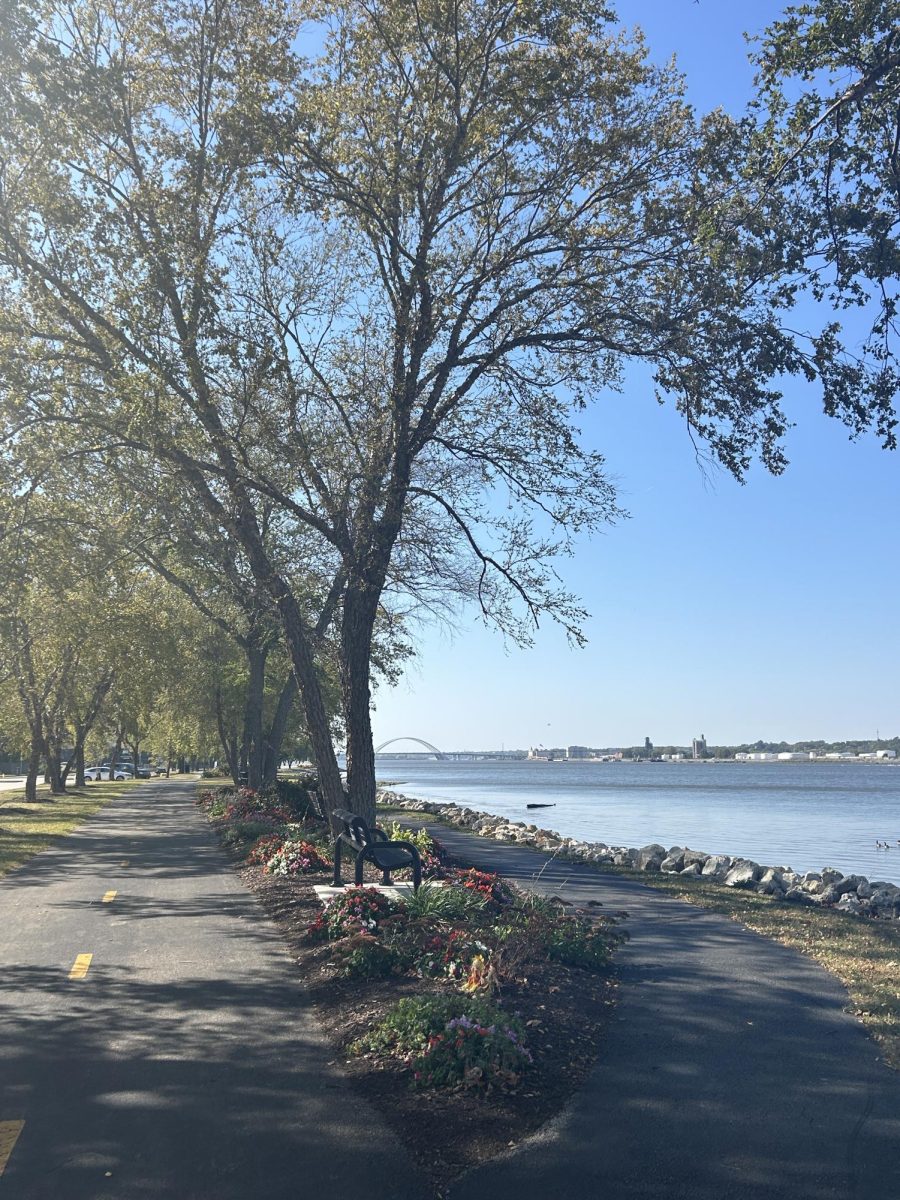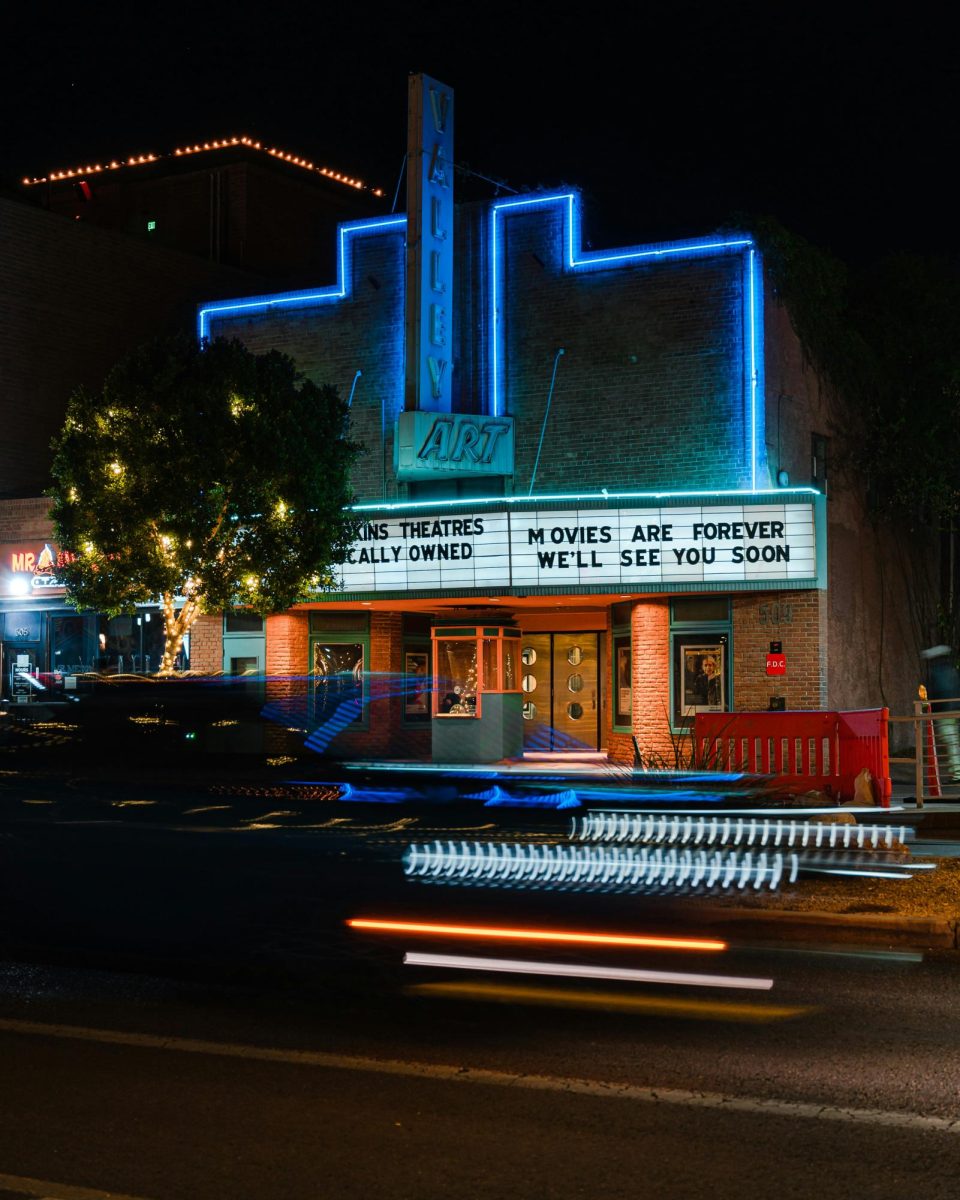In 1968, Columbia University students occupied a building on campus in protest against a segregated gym and the university’s ties with the Institute for Defense Analyses amid the Vietnam War. Later that year, Republican candidate Richard Nixon won the presidency with a pledge to end violence on college campuses.
Exactly 56 years later, history is repeating itself at Columbia. Once again students have occupied campus buildings, once again they are protesting their university’s ties to a war and once again police have been deployed to remove them from buildings and encampments.
For Republicans hoping to secure the presidency in 2024, this presents the perfect opportunity to recreate Nixon’s success. Party officials have highlighted supposed “violence” on campuses, despite a strong majority of protests being peaceful.
Former president and likely Republican presidential nominee Donald Trump is fanning the flame more than anyone. On right-wing social media platform Truth Social, Trump made a post saying, “STOP THE PROTESTS NOW!!!”
Especially helpful for Trump is the ability to compare mostly left-wing protesters with right-wing violence. On April 30, he compared protests to the Jan. 6 insurrection, saying, “I wonder if what’s going to happen to them will be anything comparable to what happened on Jan. 6, because they’re doing a lot of destruction, a lot of damages, a lot of people getting hurt very badly. I wonder if that’s going to be the same kind of treatment they gave Jan. 6.”
Not only does this allow Trump to demonize student protesters, it also minimizes the actions of Jan. 6 rioters, who he has referred to as “unbelievable patriots.”
Stanford University professor of political science Hakeem Jefferson explained key differences between the events. “This is a tradition of protest. Disruptive, to be sure. Annoying to university administrators, to be sure… To the contrary, what happened on January the 6th was a violent attempt to disrupt the peaceful transfer of power. There is no tradition of that in American history. It is unprecedented. And that is why we should, of course, treat it differently,” Jefferson said.
President Biden has taken a comparatively mild stance, speaking on two fundamental American principles. “The first [principle] is the right to free speech and for people to peacefully assemble and make their voices heard. The second is the rule of law. Both must be upheld.”
While Biden has denounced campus violence and antisemitism, he has yet to take meaningful action against it, and his inaction may be a weakness for his campaign.
Eleanor Stein was one of 700 students arrested at Columbia in the 1968 protest. Now, she sees herself in the students of today, believing their cause is not just important, but essential.
“The idea that this is too controversial, or will produce such a conflagration of ideas, is exactly the opposite of what the university is for…And students who want to discuss it have been silenced. I think that has led to frustration, and anger, among the students. Protest does have a history on campus. But in this case, the protests were necessary to even get a conversation started about what’s happening in Gaza,” Stein told The Guardian.
But in the time since Stein was protesting, new avenues have opened to aggravate tension.
Divisive media attention has exacerbated the politicization of university unrest. CNN’s coverage of the protests refers to them as “pro-Palestinian,” while comparatively conservative outlet Fox News labeled protests as “anti-Israel,” and called a UCLA protest a “violent antisemetic mob.”
Columbia admit and senior Margil Sanchez Carmona was on campus during protests in April. He believes the media takes isolated incidents out of context. “Instances of violent protesters are extrapolated by political media without regard to the statements made by the student unions and groups that are actually organizing these protests communally,” he explained.
Senior Pratima Khatri has organized two walkout protests at Pleasant Valley. She believes coverage from both sides of the political spectrum has taken away from students’ power. “[The media] wants to either victimize students or villainize them rather than giving them the respect they deserve,” Khatri said. “Protesters are just trying to be heard and create change.”
With such contrasting portrayals, many students are hesitant to even speak with the press, afraid that their words may be twisted or their character misrepresented. “Many mainstream outlets have failed us and misrepresented what is going on,” Columbia student Sherif Ibrahim explained during a protest news conference.
Sanchez Carmona agrees that much protest coverage misrepresents protesters’ intentions. “Individuals spew hateful rhetoric, but the statements and referendums made by organizing communal parties mostly advocate for peace… a stance which is not acknowledged by politicians or the media because of the reluctance to accept the different layers of the issue,” he said.
Other media groups are going beyond reporting. A conservative media group called Accuracy in Media has circled Columbia’s campus in a “doxxing truck,” listing the names of students who have publicly expressed their support for Palestine.
1978 Columbia graduate Jody Lewitter was involved in her own protests during college. She wrote what she calls a “love letter” to student protesters for the Columbia Spectator, urging them to stay strong in the face of adversity.
“Do not get distracted by animosity and name-calling,” Lewitter advised. “I know this is a particularly trying time where people hear you condemn Israel and falsely conflate this with antisemitism. But I know you can persevere.
It’s inevitable that students will soon leave school for the summer and protests will come to an end. But what really matters is what comes after the tension resolves.
The 1968 story didn’t end with the conclusion of those first Columbia protests, or even with President Nixon’s election. Two years into his term, Kent State University protests escalated into vandalism. And the government didn’t end the violence; they fed into it. The National Guard was called in and opened fire, killing four students in what’s now known as the Kent State Massacre.
There’s no telling what will happen in the 2024 election, or how a potential Trump presidency would impact student activism. But if history is any sign, the potential repercussions of student protests could echo through the halls of academia for years to come.

